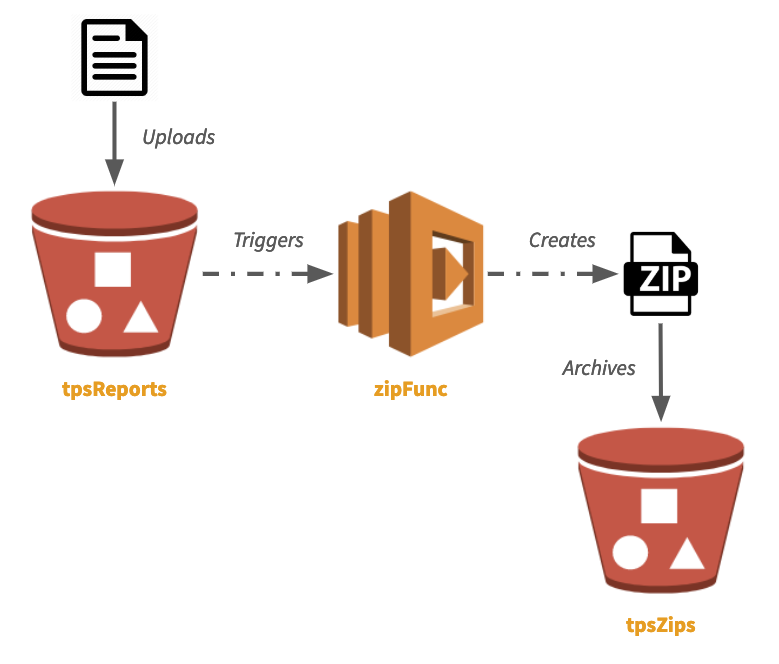

AWS Config is an excellent place to start, as it compares your configurations to your desired state and sends out notifications if something drifts out of compliance. So, when securing cloud resources, it’s important to focus on configuration and monitoring that configuration. Locking down these permissions can be complicated. For example, AWS-authenticated users could have read access that may allow them to list bucket contents or bucket access control lists (ACLs). Logging and Auditing-be able to detect and follow up when attackedĮnsure your systems are configured at the most basic level to operate at a level of security that meets your business and legal needs.Īmazon S3 buckets have fine-grain permissions, and most users and applications accessing them need only a small subset to accomplish their tasks.Multiple Layers-utilize multiple layers of security and multi-factor authentication.Role-based access-restrict access through least privilege role-based access.Configuration-basic security configurations based on your business needs.So, let’s run through the main areas of concern for cloud storage security:

Automated processes that create and manage cloud storage could inadvertently leave security holes as well. A security breach could be anything from a social engineering attack to a simple mistake that leaves data open and discoverable to anyone who notices. With the increased use of cloud storage, the potential for security incidents also increases. In the end, we hope you will have more insight into locking down your data to prevent breaches, identifying and reacting quickly to any breaches that do occur, and preventing similar breaches in the future. In this article, we will walk you through the best practices for the five key areas of cloud storage security. For high volume data applications, like machine learning and data mining, the ability to dial performance and capacity up and down as needed is a crucial advantage. Companies have, and continue to migrate to cloud-hosted infrastructure, applications, microservices, and backend services worldwide.Ĭloud storage is big part of the migration equation and offers many advantages such as scalability, high availability, geographic distribution, and potential cost savings.


 0 kommentar(er)
0 kommentar(er)
